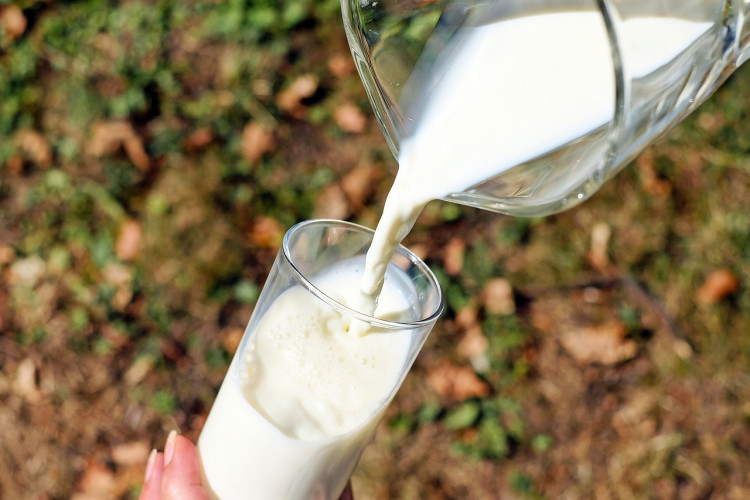New evidence underscores the potential dangers of drinking unpasteurized, or raw, milk contaminated with H5N1 avian flu viruses. A study published in the New England Journal of Medicine on Friday reveals that mice fed raw milk from H5N1-infected cows became severely ill, raising alarms about the probable risks to humans.
The research, led by Joshua Demb, a graduate student in gastroenterology at the University of California, San Diego, involved a comprehensive analysis of data from 80 different studies encompassing almost 25 million patients under the age of 50. While the study does not definitively prove that humans would experience the same effects as the mice, it adds weight to the warnings about the dangers of consuming raw milk from infected cows.
"Raw milk is clearly highly suspected of transmitting [H5N1] to animals," said Michael Osterholm, director of the Center for Infectious Disease Research and Policy at the University of Minnesota. "It's still unclear what the risk is for humans. But I wouldn't want to take my chances on it."
The Food and Drug Administration (FDA) has long advised against drinking raw milk due to the presence of dangerous pathogens such as E. coli, Salmonella, and Listeria. The current outbreak of H5N1 in dairy cattle has intensified these warnings. As of Thursday, 58 herds in nine states have tested positive for the virus since the outbreak was first detected in late March, and two human infections in farm workers have been reported.
Yoshihiro Kawaoka, a leading influenza virologist from the University of Wisconsin-Madison and senior author of the study, explained that the mice were euthanized on the fourth day of the study to avoid seeing them die before tissue sampling. The research also simulated various pasteurization methods to test their effectiveness in eliminating the virus from milk.
In the study, the researchers found that different pasteurization methods had varying levels of success. Heating the milk to 63 degrees Celsius (145 degrees Fahrenheit) for intervals between 5 and 30 minutes-known as vat pasteurization-completely eliminated the virus. However, flash pasteurization, which involves heating the milk to 72 degrees Celsius (181 degrees Fahrenheit) for 15 to 20 seconds, significantly reduced but did not entirely inactivate the virus.
"Our approaches to treating the milk were not identical to what milk processors use when they are pasteurizing commercial milk," Kawaoka cautioned, noting that commercial pasteurization involves additional steps like preheating and homogenization that were not replicated in the study.
The study also included storing raw milk containing the virus at refrigerator temperature for several weeks. The results showed only a minor reduction in the amount of active virus over time, indicating that the virus could remain infectious for several weeks in raw milk stored at 4 degrees Celsius.
"Flu likes cold and wet," said Keith Poulsen, director of the Wisconsin Veterinary Diagnostic Laboratory and a co-author of the study. The researchers also found the virus in the mammary glands of infected mice, suggesting that lactating cows could shed high levels of the virus in their milk.
These findings suggest that raw milk can infect susceptible animals and potentially pose a risk to humans. Dr. Ruth Harvey, deputy director of the Worldwide Influenza Center at the Francis Crick Institute in London, commended the study, stating, "This is good quality research with conclusions backed up by solid data."
The Centers for Disease Control and Prevention (CDC) advises the public to avoid consuming raw milk or products made from it. "Raw milk is unsafe at any speed, and the notion that you could protect yourself against H5 infection by consuming it is erroneous," said CDC Principal Deputy Director Dr. Nirav Shah.






